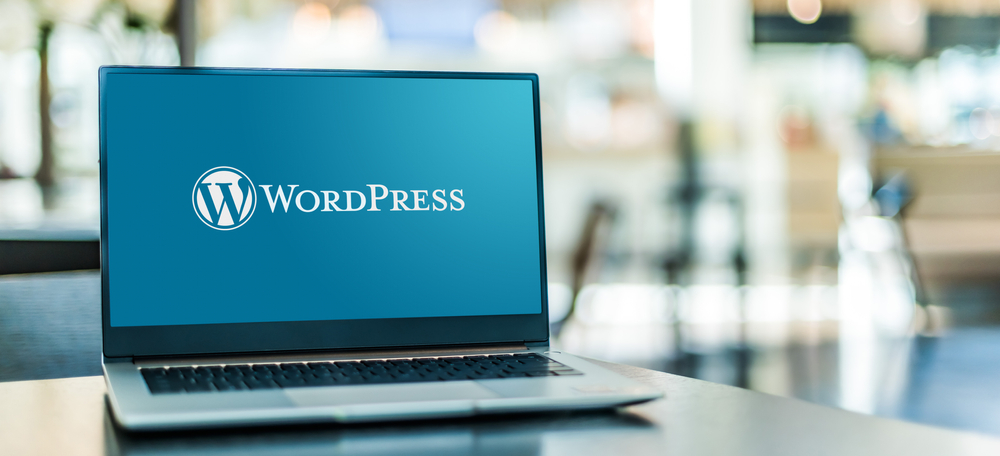
WordPress is undeniably one of the most popular content management systems out there, and for good reason. Its user-friendly interface, vast customization options, and extensive plugin library make it a go-to platform for website creation. However, simply setting up a WordPress website isn't enough; to truly enhance your online presence, you need to go beyond the basics. In this article, we'll delve into the secrets of customization and maintenance that will take your WordPress website to the next level.
1. Choose a Powerful Theme
The theme you select for your WordPress (or WP) website plays a pivotal role in its overall appearance and functionality. While there are numerous free themes available, investing in a premium theme can make a significant difference. Premium themes often come with additional features, better support, and regular updates that keep your website up-to-date with the latest design trends and security measures.
2. Install Essential Plugins
Plugins are the backbone of WordPress (WP) customization, allowing you to add functionality to your website without any coding knowledge. While the plugin library is extensive, it's important to choose only essential plugins to avoid bloating your website and slowing it down. Some must-have plugins include Yoast SEO for optimizing your website's search engine presence, WP Rocket for improved performance, and UpdraftPlus for automatic backups.
3. Customize Your Website's Appearance
While a good theme sets the foundation for your website's appearance, customizing it further can create a unique and visually appealing online presence. WordPress (the platform for bloggers) provides a built-in customizer that allows you to personalize various aspects of your website, including colors, fonts, headers, footers, and more. Experiment with different combinations until you find the perfect look that aligns with your brand or vision.
4. Optimize Website Performance
Website speed is crucial for user experience and search engine rankings. Slow-loading websites can drive visitors away and negatively impact your online presence. To optimize your WordPress website's performance:
- Use a caching plugin, such as WP Rocket or W3 Total Cache, to store static versions of your web pages and reduce server load. Optimize images by compressing them without compromising quality. Plugins like Smush or EWWW Image Optimizer can help with this. Minify CSS and JavaScript files to reduce their size and improve loading times. The Autoptimize plugin simplifies this process. Consider using a content delivery network (CDN) to serve your website's content from servers located closer to your visitors, reducing latency.
5. Ensure Website Security
WordPress websites are vulnerable to cyber threats, making security a top priority. Follow these steps to enhance your website's security:
- Regularly update WordPress, themes, and plugins to patch security vulnerabilities. Use a reliable security plugin like Wordfence or Sucuri to actively monitor and protect your website from malicious attacks. Employ a strong password policy and consider using two-factor authentication to add an extra layer of security. Regularly backup your website using a plugin like UpdraftPlus or BackupBuddy, enabling you to restore your site if anything goes wrong.
Frequently Asked Questions
Q1: Can I customize a free WordPress theme?
Absolutely! Free WordPress themes often come with customization options in the WordPress (the blogging platform) customizer. You can modify colors, fonts, logos, and more to personalize the theme according to your preferences.
Q2: Is it necessary to install all suggested plugins?
No, it's not necessary to install all suggested plugins. It's important to choose only the essential plugins that add value to your website. Installing too many plugins can slow down your website and increase the risk of conflicts or security vulnerabilities.
Q3: Can I change my WordPress theme after launching my website?
Yes, you can change your WordPress theme even after launching your website. However, it's important to thoroughly test the new theme and make any necessary adjustments to ensure your content and functionality remain intact.
Q4: How often should I update WordPress, themes, and plugins?
You should aim to update WordPress, themes, and plugins as soon as updates become available. Regular updates improve security and functionality, reducing the risk of vulnerabilities being exploited by hackers.
Q5: Can I restore my website from a backup if something goes wrong?
Yes, having a backup of your website is crucial. In case something goes wrong, you can restore your website to a previous working state using a backup plugin. Make sure to regularly schedule backups to avoid losing important data.
By following these customization and maintenance secrets, you can take your WordPress website to new heights. Remember, the key is to experiment, stay updated, and prioritize security to ensure a smooth and engaging user experience. Happy customizing!
Other useful resources
- https://www.wordpress24plus.com/services/wordpress-development/
- https://www.wordpress24plus.com/topics/wordpress-tips-and-tricks/